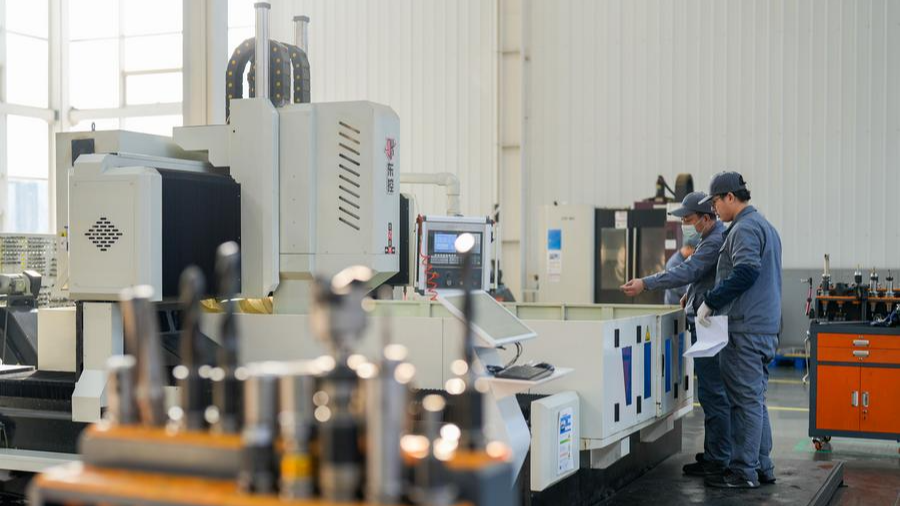
BEIJING - China's gross domestic product (GDP) grew 5.4 percent year-on-year in the first quarter of 2025, data from the National Bureau of Statistics showed Wednesday.
The country's GDP reached 31.8758 trillion yuan ($4.42 trillion) during this period, the bureau's data showed.
On a quarterly basis, the economy increased 1.2 percent in the first three months.
China's GDP grew 5 percent year-on-year last year and the country has targeted its full-year economic growth at around 5 percent for 2025.
Industrial output
The official data also indicated that China's industrial production posted strong growth in March, as the country's economic recovery gained momentum amid the government's efforts to support growth and counter external economic headwinds.
The country's value-added industrial output expanded 7.7 percent year-on-year in March, according to data from the bureau.
During the January-March period, the value-added industrial output increased 6.5 percent year-on-year, accelerating from a rise of 5.9 percent registered in the first two months of the year.
The country's industrial production in March climbed 0.44 percent month on month, according to the bureau.
The bureau uses the value-added industrial output to measure the activity of large enterprises boasting an annual main business turnover of at least 20 million yuan.
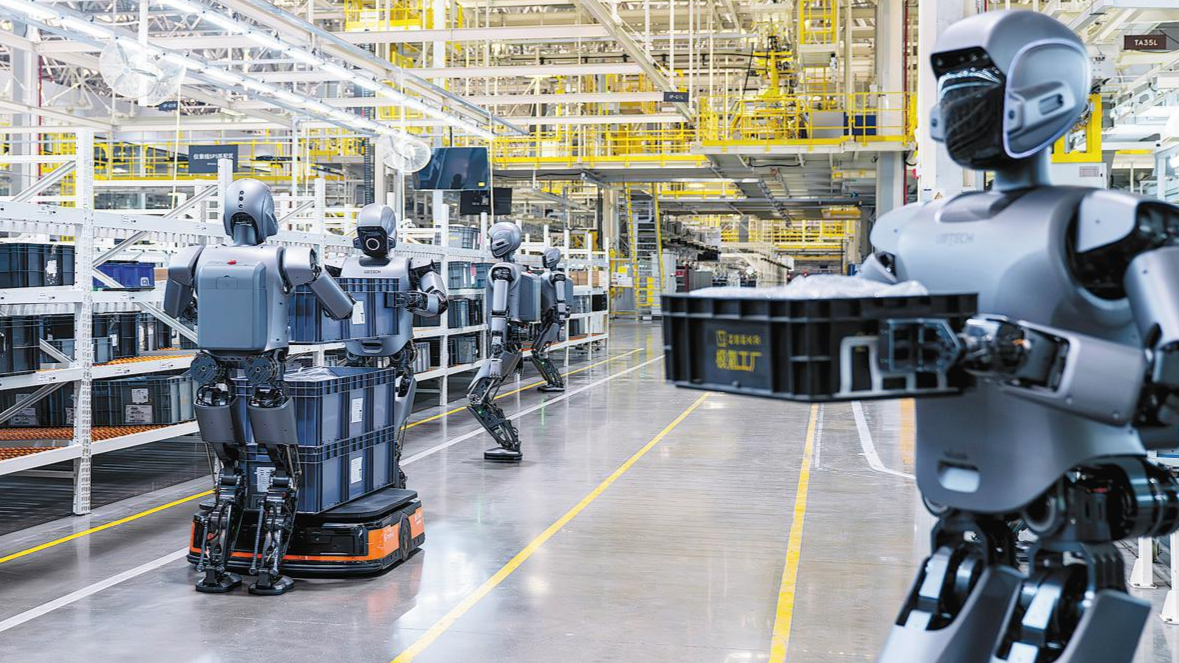
A breakdown of the data showed that the equipment and high-tech manufacturing sectors are making greater contributions to industrial output, signaling ongoing progress in the country's efforts to make industry smarter, greener and more high-end, the bureau's deputy head Sheng Laiyun told a press conference.
Output of the equipment manufacturing sector, which took up 33.7 percent of the overall industrial output, climbed 10.9 percent in the first quarter of the year.
ALSO READ: China's industrial output up 5.9% in first two months
The high-tech manufacturing sector, which accounted for 15.7 percent of the total industrial output, saw its value-added output climb 9.7 percent year-on-year during this period. The production of new energy vehicles and industrial robots increased by 45.4 percent and 26 percent, respectively, according to the official data.
Fixed-asset investment
The bureau also revealed that the fixed-asset investment went up 4.2 percent year-on-year in the first quarter, 1 percentage point higher than the full-year growth rate of 2024.
The investment totaled 10.32 trillion yuan during the period, the bureau said in a statement.
The growth rate also marked an increase of 0.1 percentage points compared to that recorded in the first two months, the official data showed.
Investment in infrastructure construction rose 5.8 percent from a year ago during the period, and manufacturing investment increased 9.1 percent, according to the data.
Excluding the property sector, the country's fixed-asset investment rose 8.3 percent in the first three months of 2025. Investment in property development fell 9.9 percent year-on-year during the period.
Addressing a press conference, Sheng, deputy head of the bureau, said that China's real estate market remains in an adjustment period. However, with the country's ongoing urbanization, there is still growth potential in the sector, driven by strong demand for green, spacious and comfortable quality homes, he added.
Wednesday's data also showed that China's northeastern regions, including Heilongjiang, Jilin, and Liaoning provinces, recorded the fastest fixed-asset investment growth in the first quarter, rising by 9.7 percent.
High-tech industry saw robust fixed-asset investment growth, with investment in aerospace vehicle and equipment manufacturing soaring by 30.3 percent, while investment in computer and office device manufacturing surged by 28.5 percent.
Meanwhile, fixed-asset investment from the private sector grew by 0.4 percent in the first quarter, reversing a previous decline in 2024, Sheng said, noting that a raft of policies rolled out by the government aims to foster a fair business environment and encourage private sector investment.
The National Development and Reform Commission, China's top economic planner, announced in February that it will help private enterprises make contributions to major national strategies, enhance security capacities in key areas, and participate in large-scale equipment upgrades and consumer goods trade-in programs. This followed a high-profile symposium focusing on private enterprises attended by top Chinese leaders and representatives of private entrepreneurs on Feb. 17.
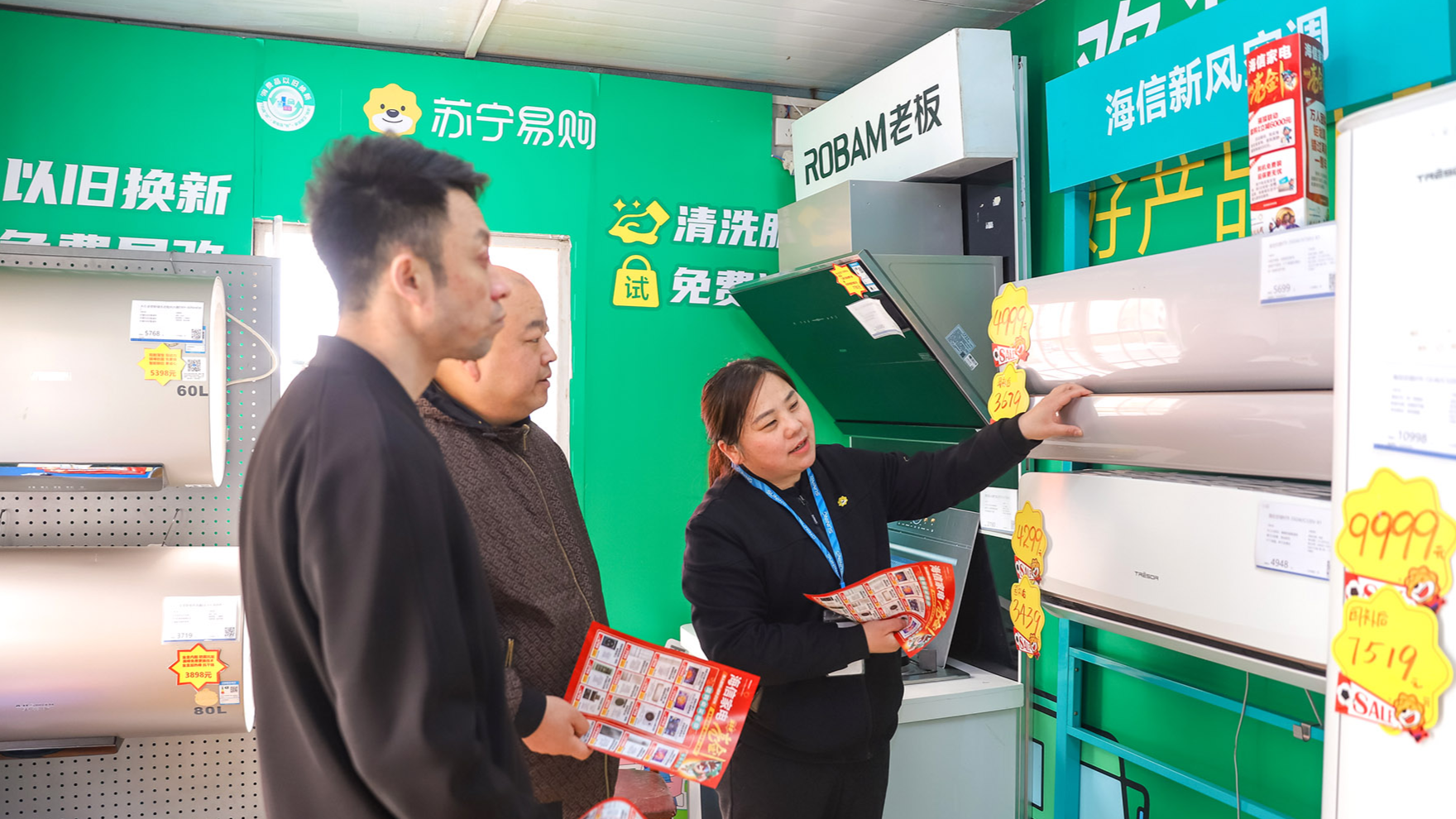
Retail sales
The retail sales of consumer goods, a major indicator of the country's consumption strength, expanded 4.6 percent year-on-year in the first quarter, the bureau's data showed.
The pace is 1.1 percentage points faster than the 2024 level, according to the bureau. Total retail sales of consumer goods reached 12.47 trillion yuan in the January-March period.
In March alone, the retail sales of consumer goods rose 5.9 percent year-on-year, accelerating from the 4-percent growth in the first two months, according to the official data.
Disposable income
Meanwhile, the data indicated that the country's per capita disposable income went up 5.5 percent year-on-year in nominal terms in the first quarter.
The country's per capita disposable income stood at 12,179 yuan in the first three months, the bureau said.
The income growth of rural residents outpaced that of urban residents. Specifically, per capita disposable income in rural areas increased by 6.2 percent while urban per capita disposable income rose by 4.9 percent.
Median per capita disposable income nationwide was 9,939 yuan in Q1, a nominal increase of 5 percent year-on-year.
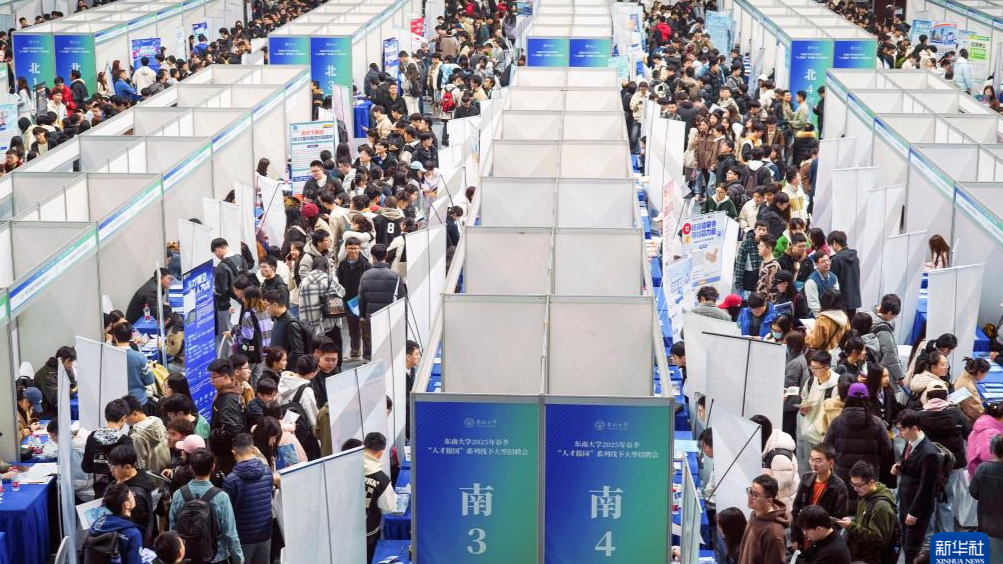
Umployment rate
In the job market, the surveyed urban unemployment rate on average stood at 5.3 percent from January to March, the bureau said.
In March, the rate was 5.2 percent, down 0.2 percentage points from the previous month, according to the official data.
As of the end of March, the total number of rural migrant workers grew 1.1 percent year-on-year to 187.95 million.
China has set a target for a surveyed urban unemployment rate of around 5.5 percent in 2025 and aims to create over 12 million new urban jobs.
ALSO READ: AI wave reshaping China's job market landscape
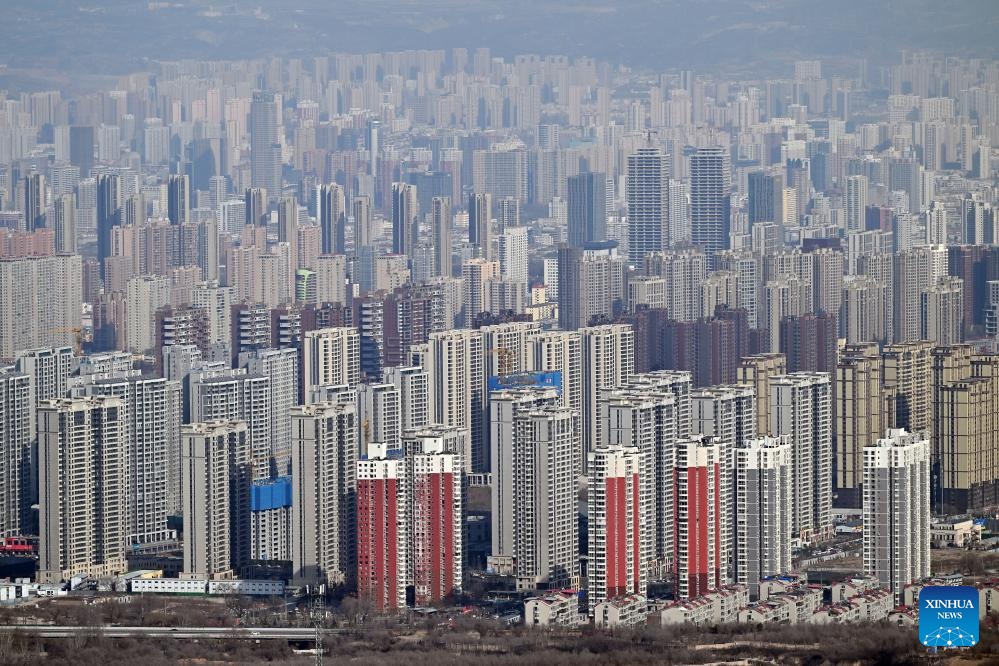
Home prices
In the real estate market, commercial home prices in March rose in more Chinese cities from a month ago as transactions became more vibrant, data from the bureau showed.
A bureau's survey covering 70 major cities said the prices of new houses were higher in 24 cities last month, up from 18 in February, while resold homes in 10 cities logged price increases, up by 7.
Home prices in first-tier cities, namely Beijing, Shanghai, Guangzhou and Shenzhen, increased last month compared to February, while second and third-tier cities in general registered narrowed price declines, according to the official data.
On a yearly basis, Chinese cities at large continued to see smaller home price drops in March, the bureau said.


